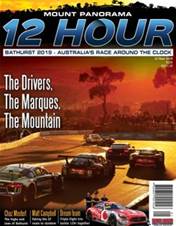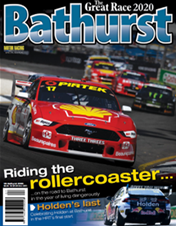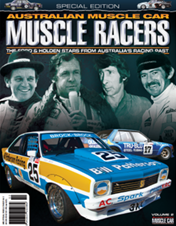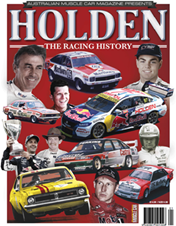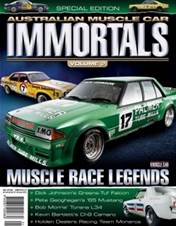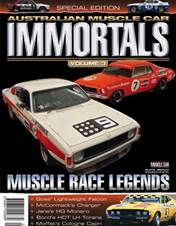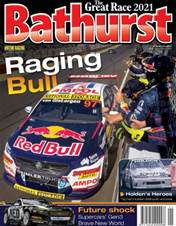Rice burners. Jap crap. These are the derogatory phrases some used to refer to the Mazda RX7 (and the Bluebird Turbo) when these cars took on the local Holden and Ford V8s in Group C touring car racing in the early 1980s. Some of the hostility no doubt came from anguished Ford fans dealing with the fact that Allan Moffat had done the unthinkable and abandoned Ford to race a Mazda (which ignores the reality that it was Ford which had abandoned Moffat). Looking back today, though, even the harshest critics of the RX7 cannot deny these sleek-lined little coupes were a colourful – and noisy, with that distinctive raspish wail of the rotary engine! – addition to our touring scene in the ’80s.
Not that rotary Mazdas were a new phenomenon in Australian touring car racing. They’d been there since the start of Group C. But with the Bridge Port 12A rotary engine, the Mazda RX3 and early RX7s were no more than competitive under three-litre cars. It wasn’t until Moffat’s exhaustive campaign to get CAMS to allow the more powerful Peripheral Port engine finally succeeded that the RX7 emerged as an outright contender.
Providing a sneak preview of what a Peripheral Port Group C RX7 might be capable of was Mike Griffin’s rotary-powered Datsun 120Y Sports Sedan. The first run on the dyno for Griffin’s 13B Peripheral Port engine in late ’79 delivered nearly 270 horsepower. Those were promising numbers given the RX7 was more than 200kg lighter than its V8 opposition, and with its sportscar bodystyle it surely must have been more aerodynamically efficient – in terms of cross-section frontal area, the Commodore VC and Falcon XD looked positively Taj Mahal-like compared to the small, low, wedge-shaped RX7.

You have reached an article available exclusively to Premium members.
JOIN FROM AS LITTLE AS $6.66 A MONTH* FOR INSTANT ACCESS.
Already a member? Log in
* Billed annually at $79.90






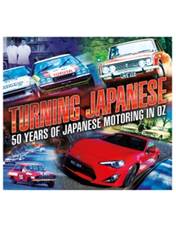
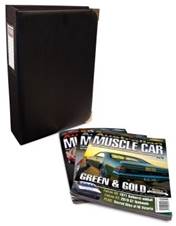


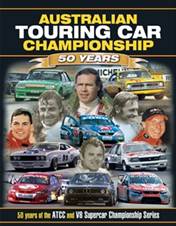

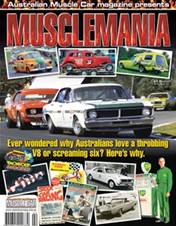
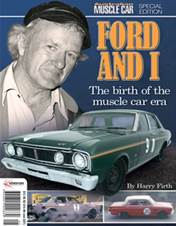
.jpg&q=70&h=226&w=176&c=1&s=1)
